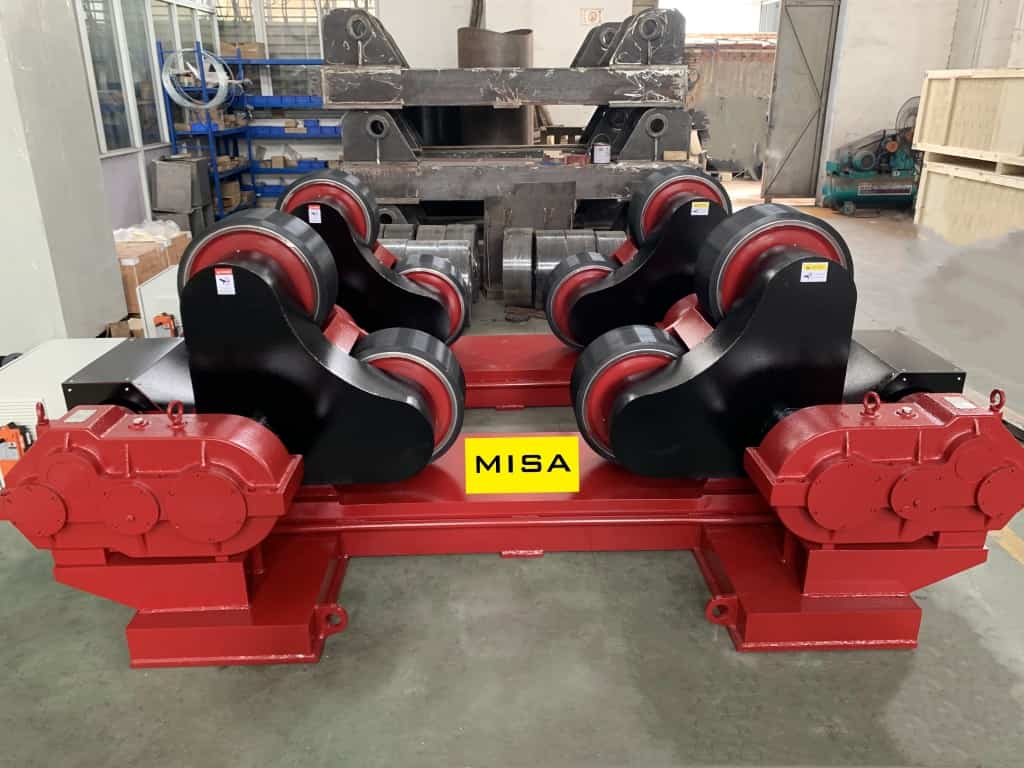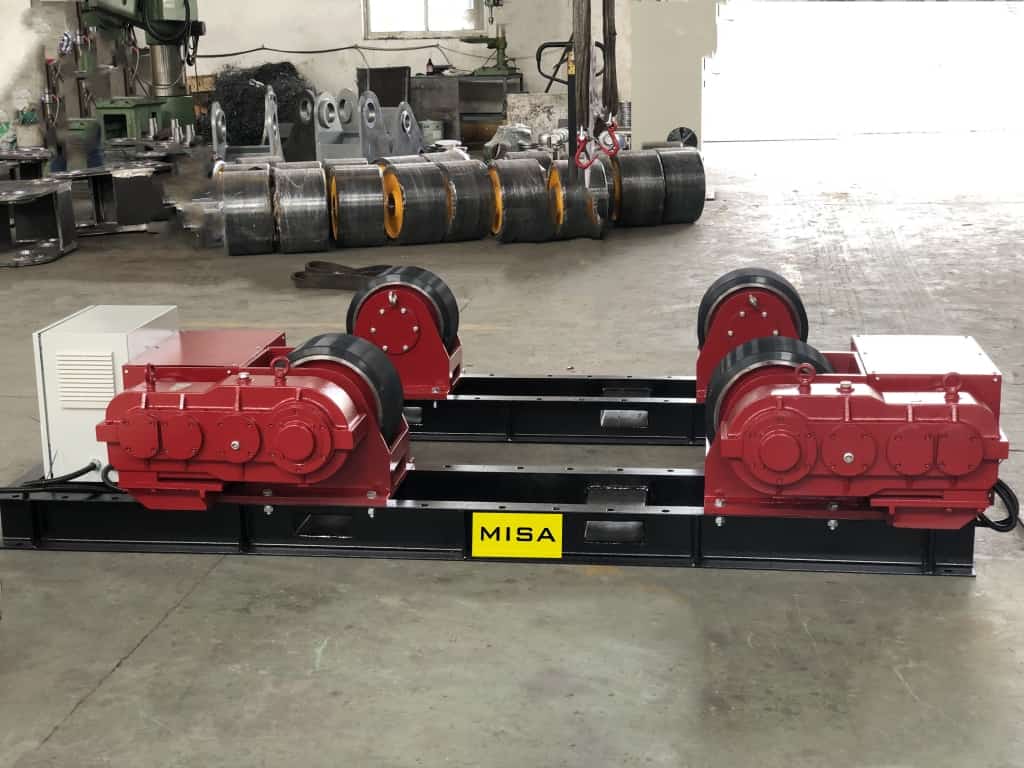
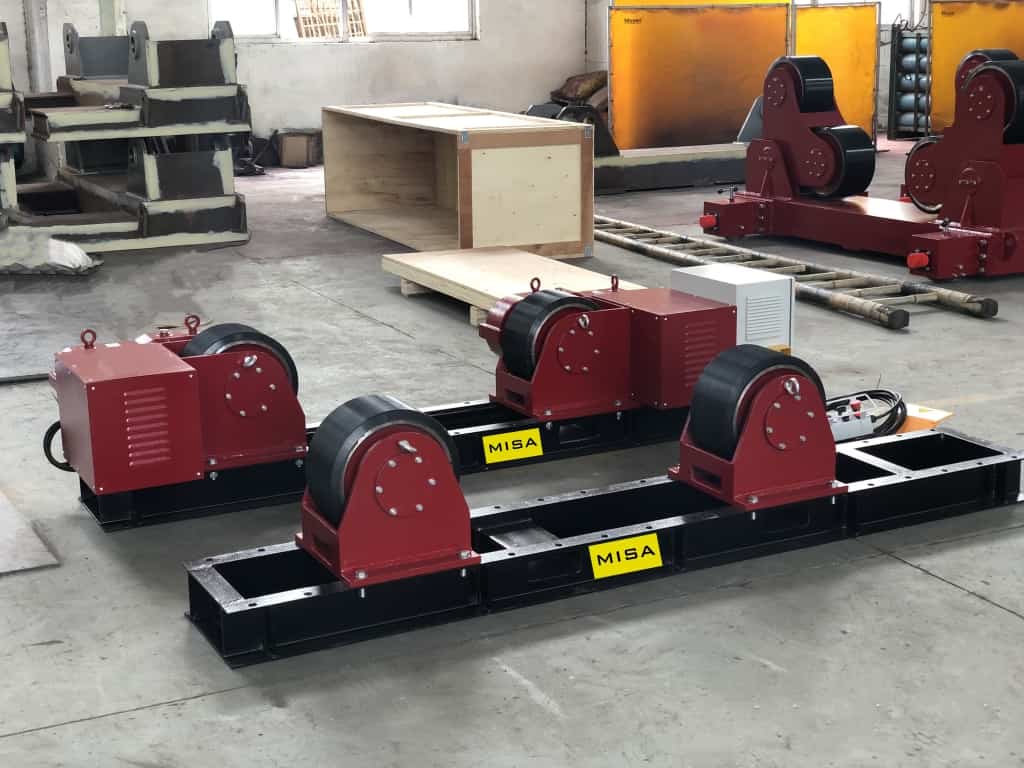
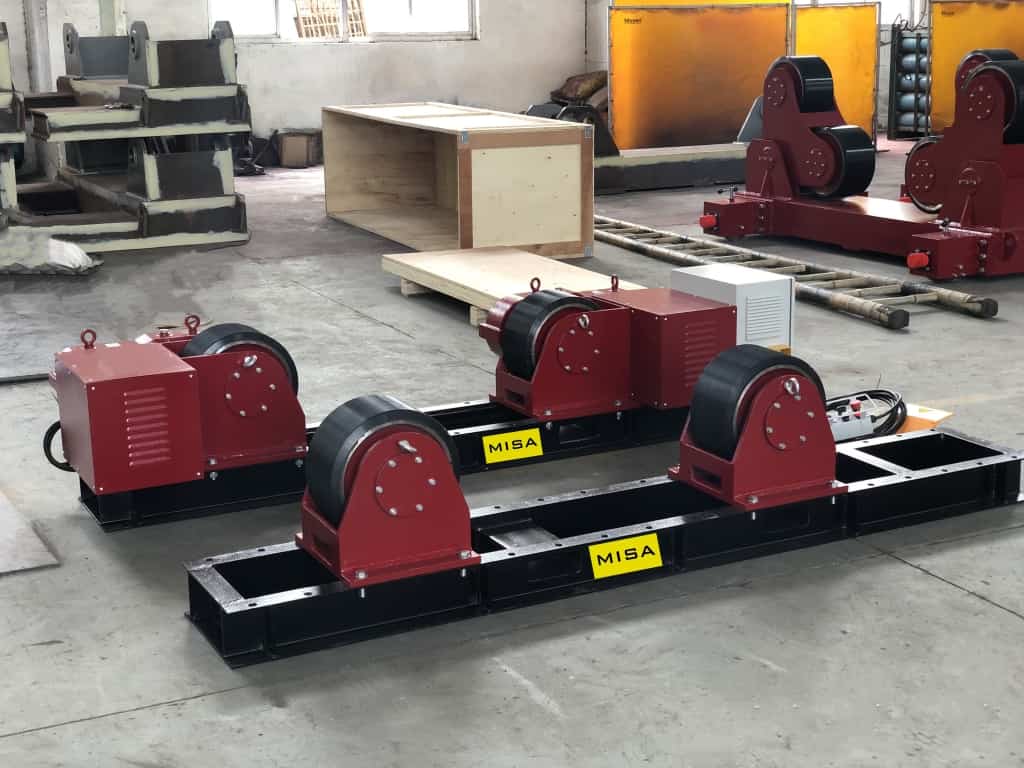
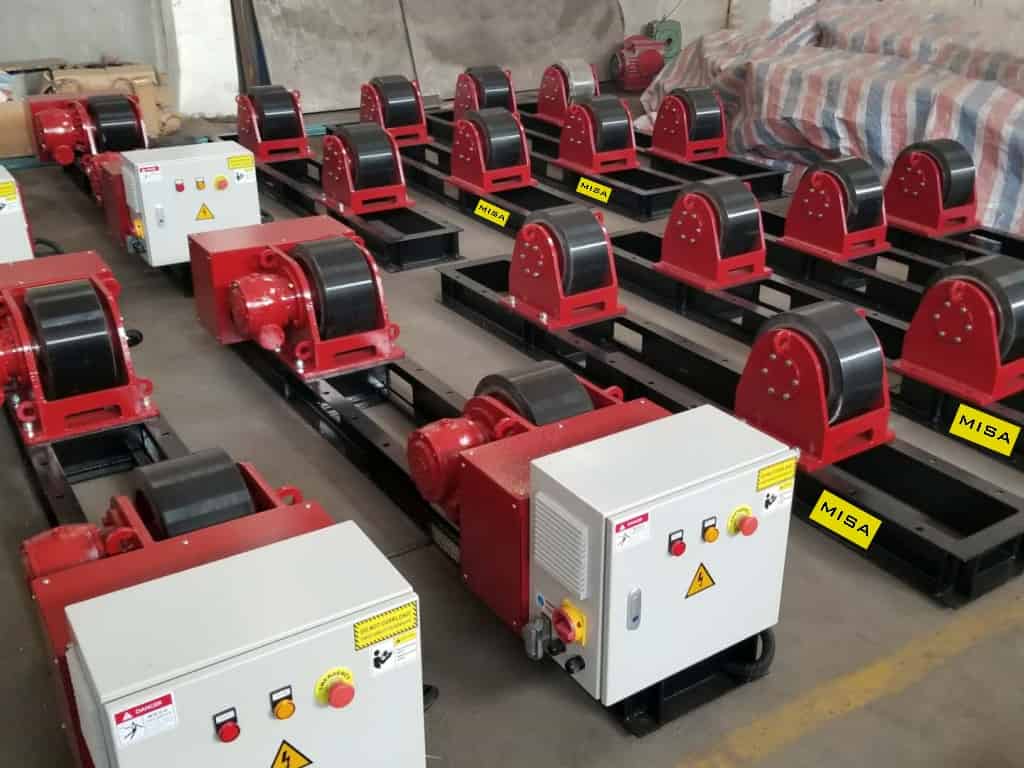
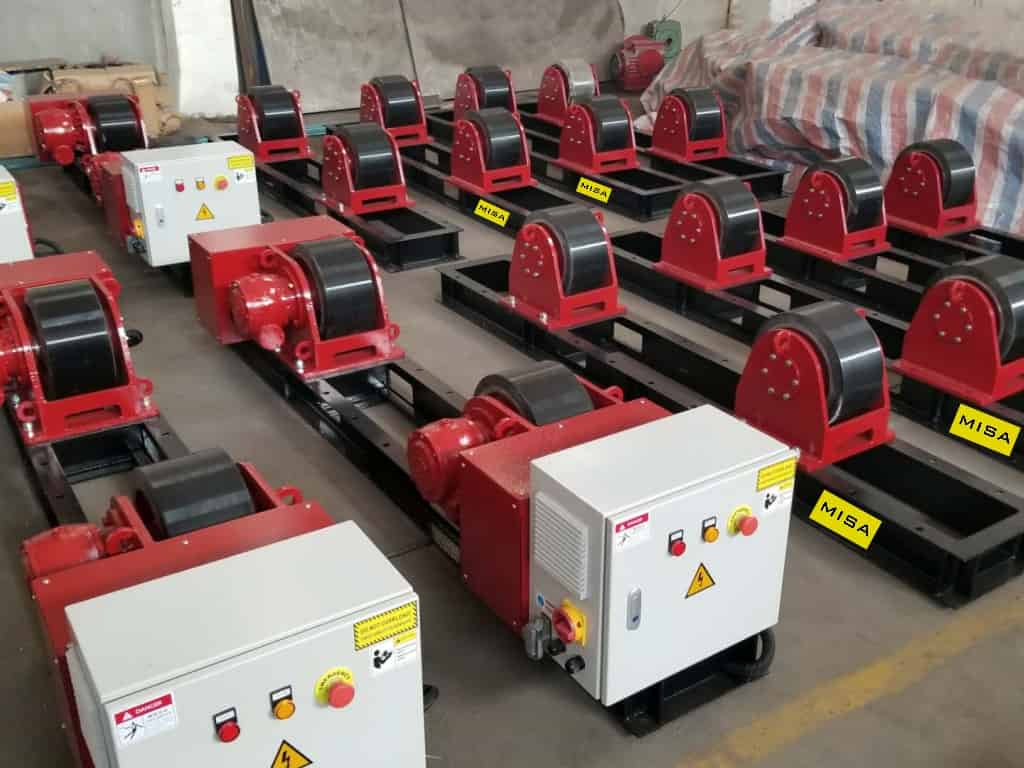
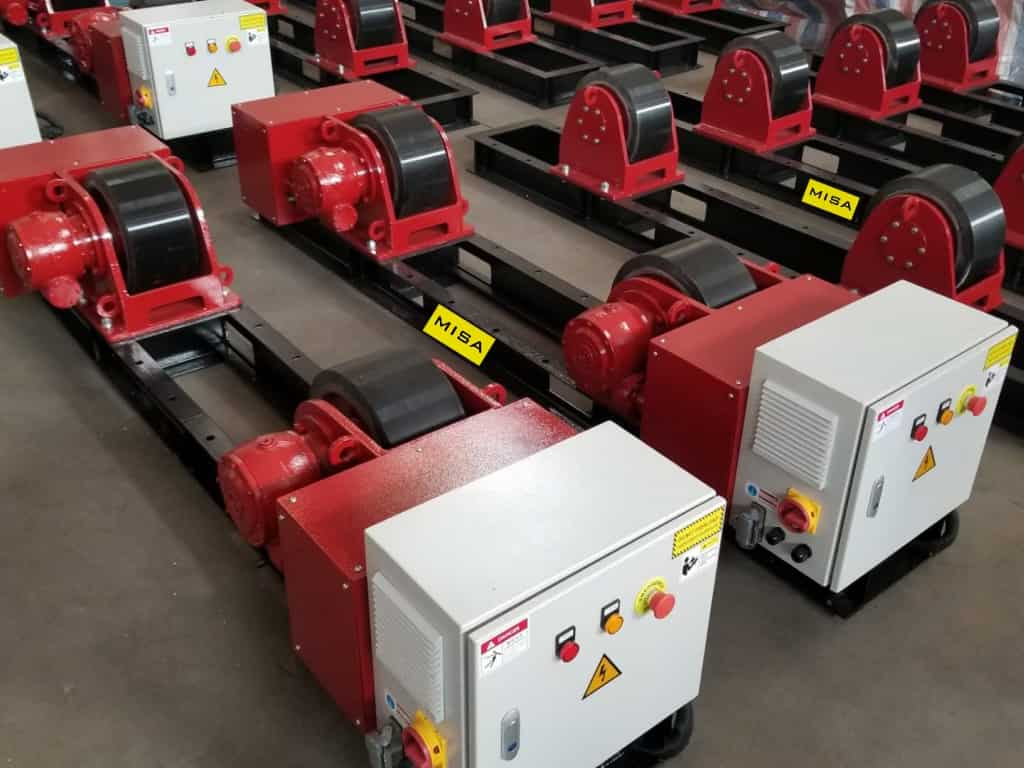
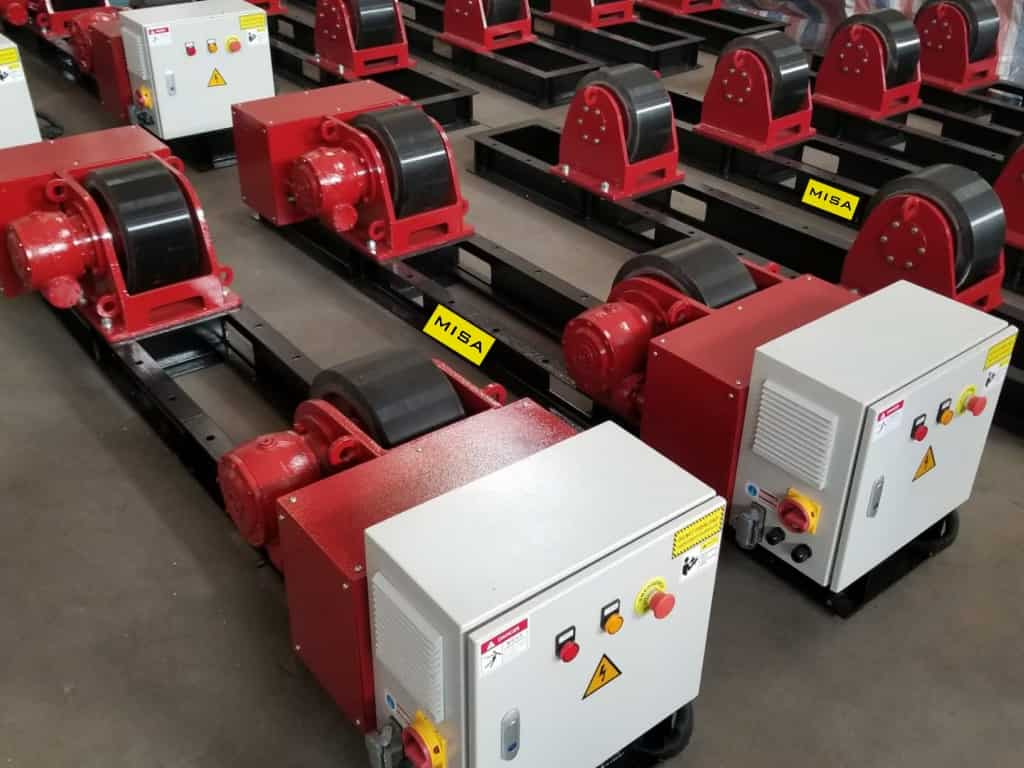
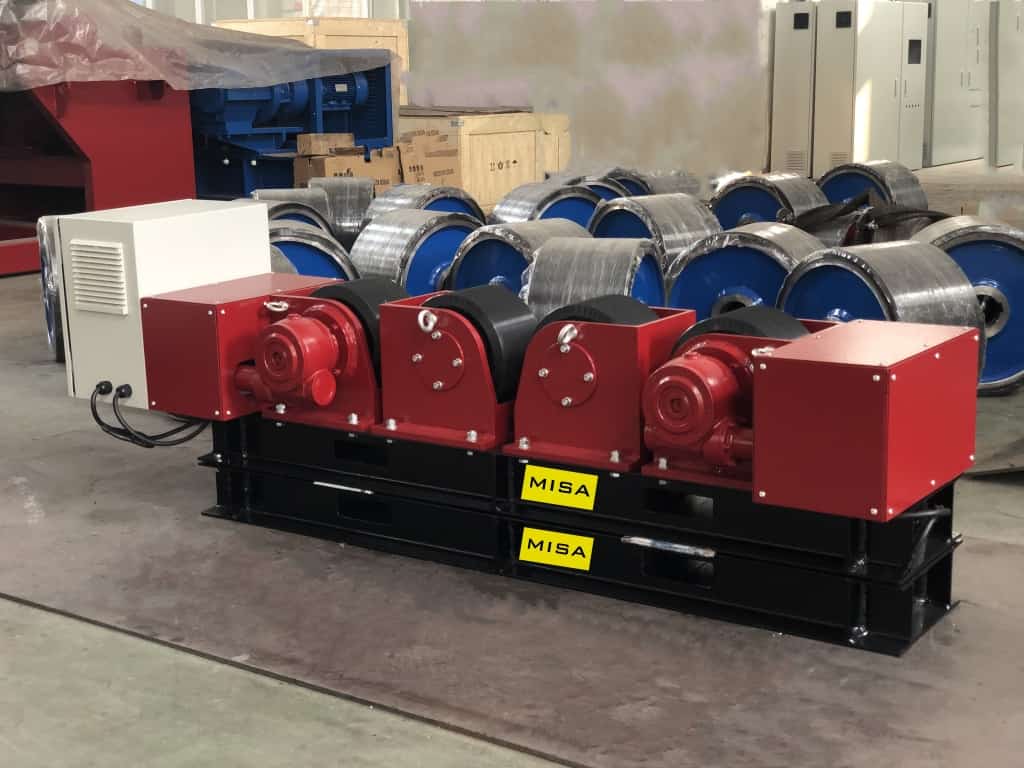
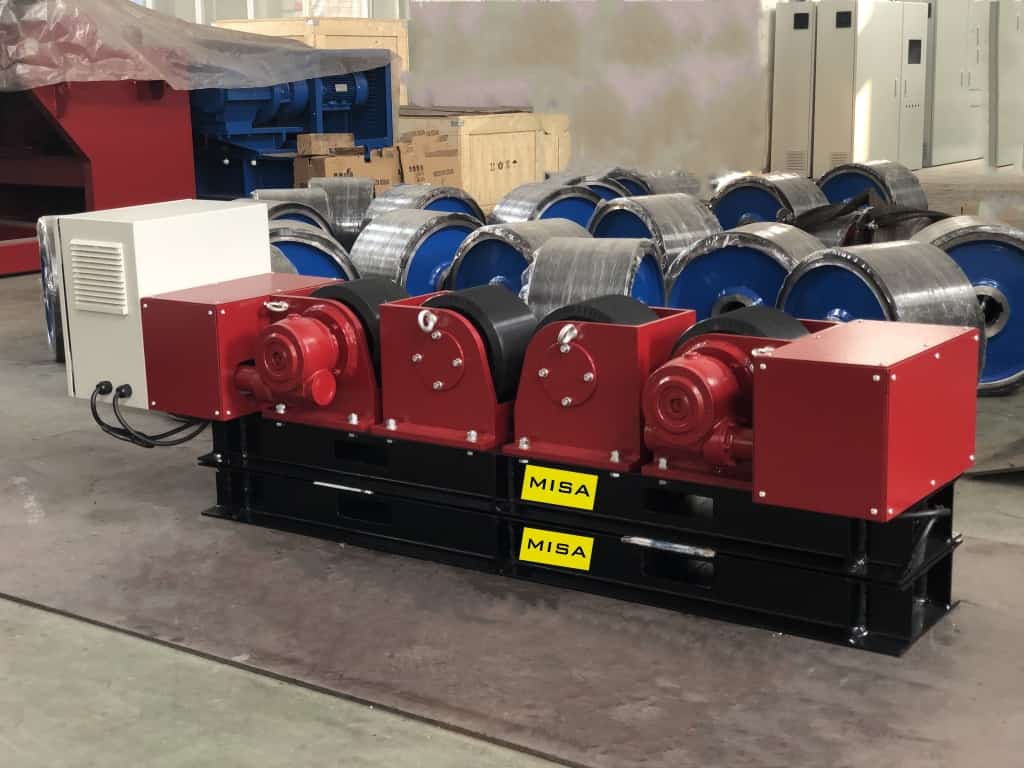
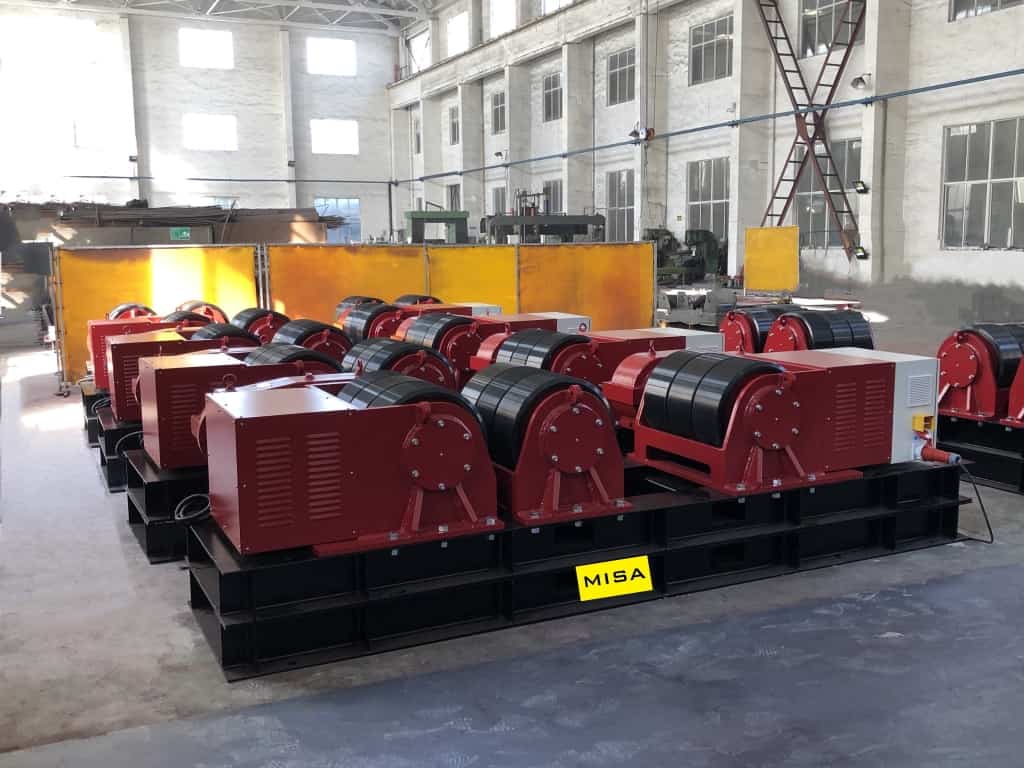

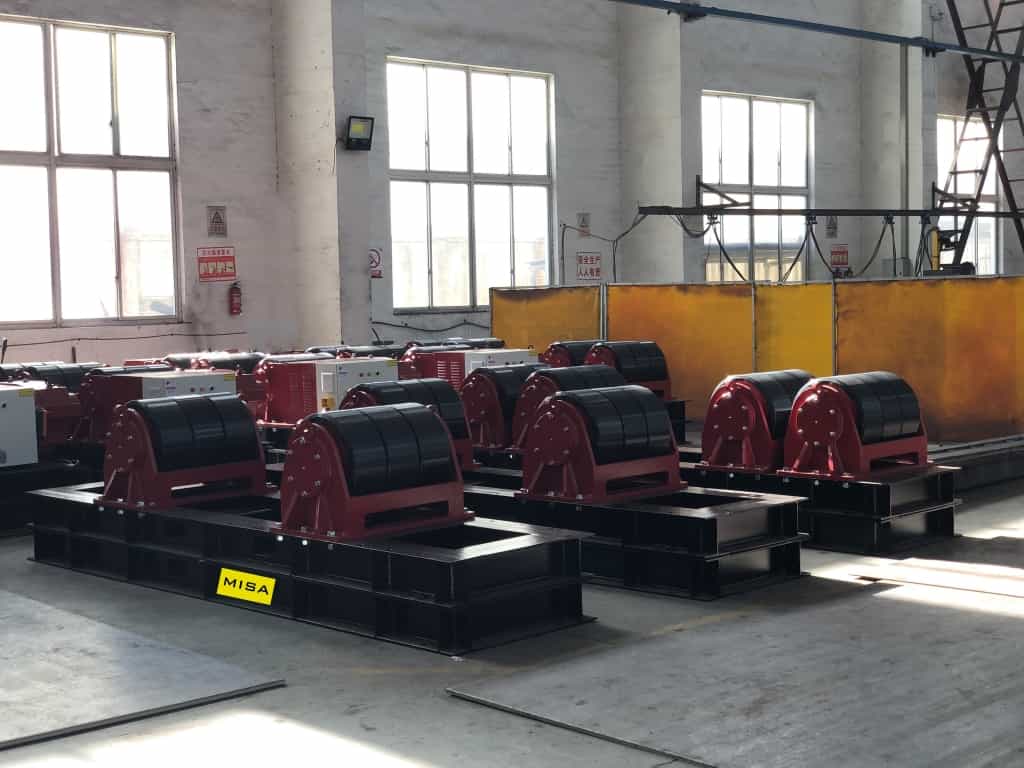
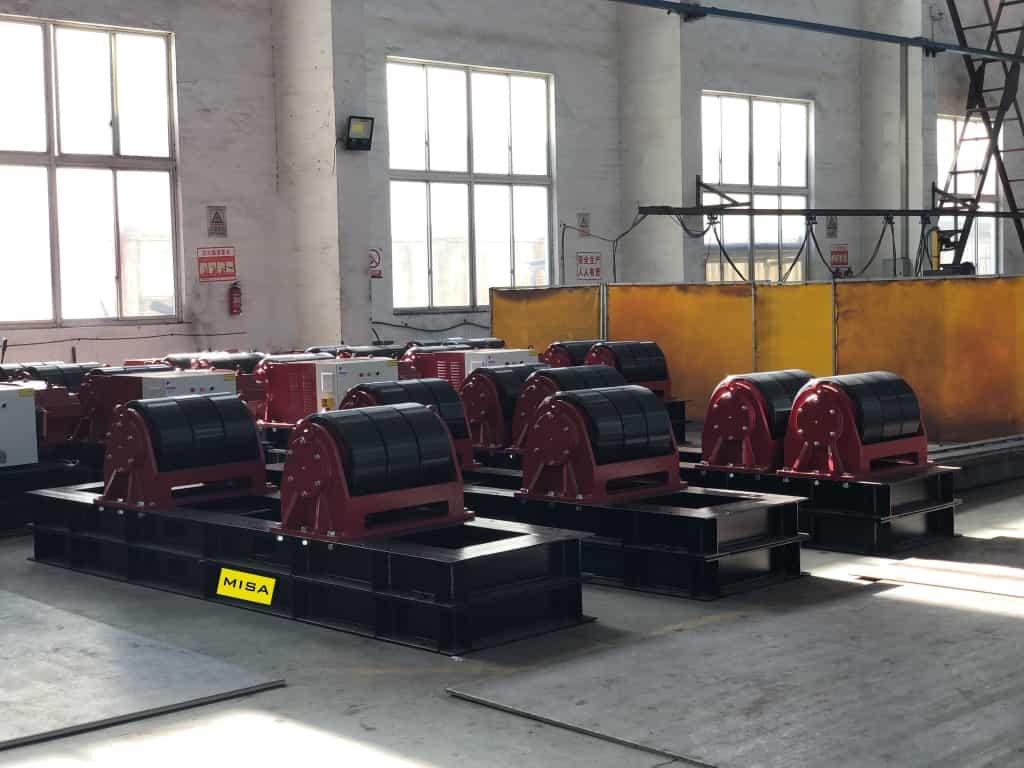
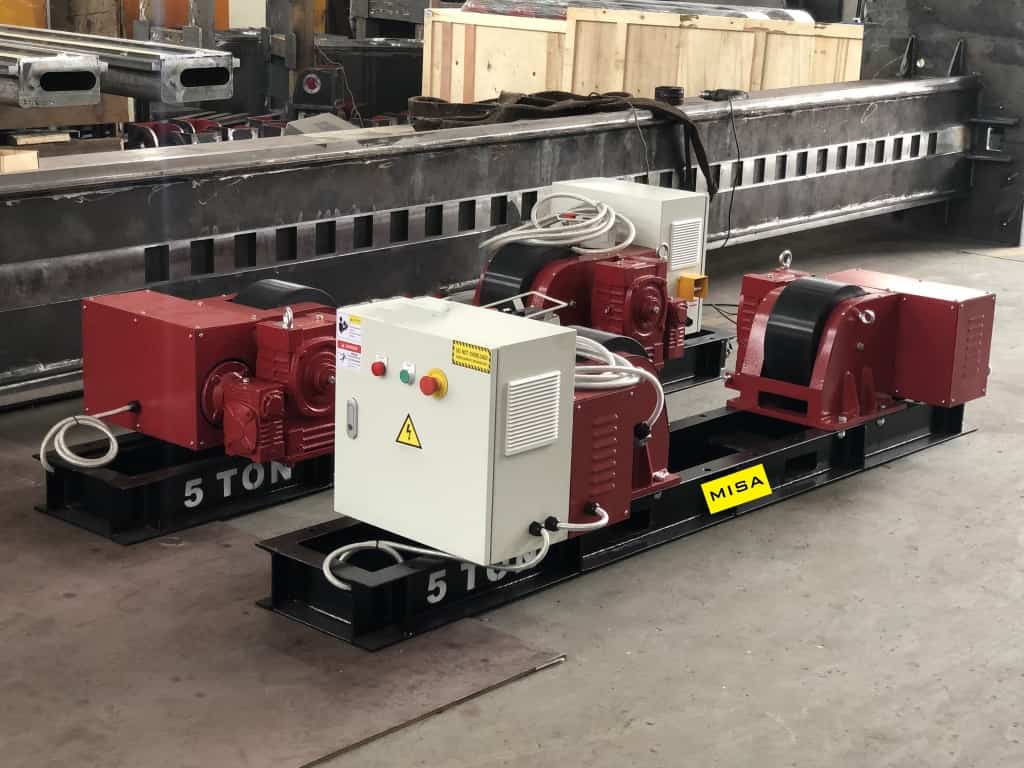
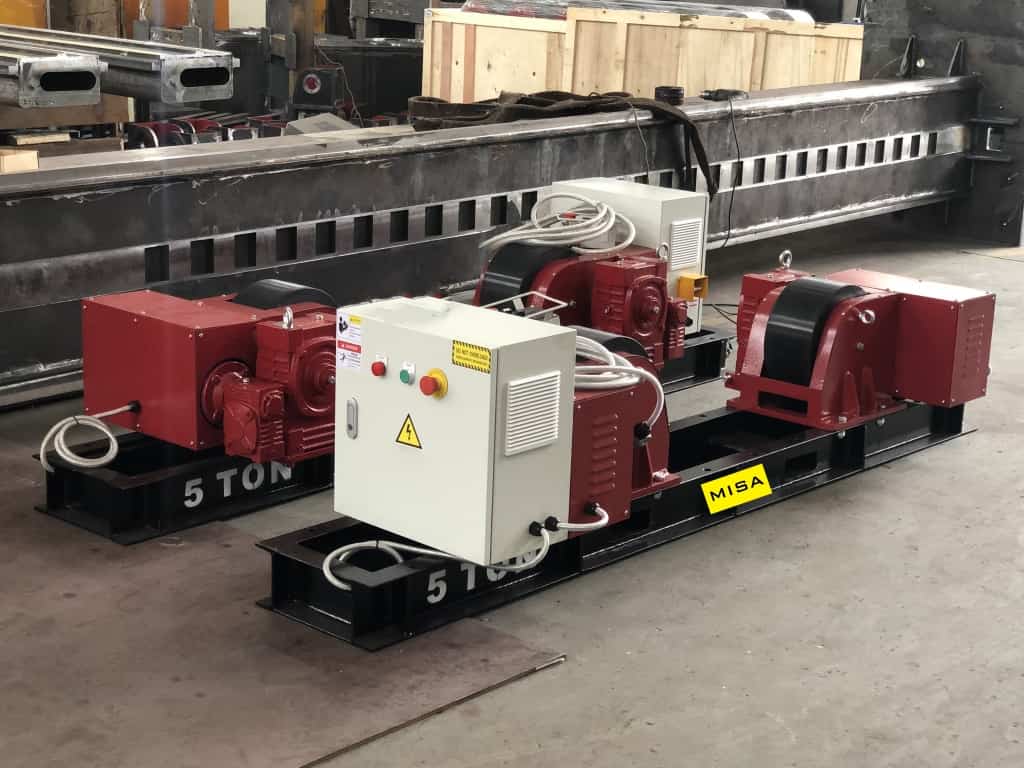
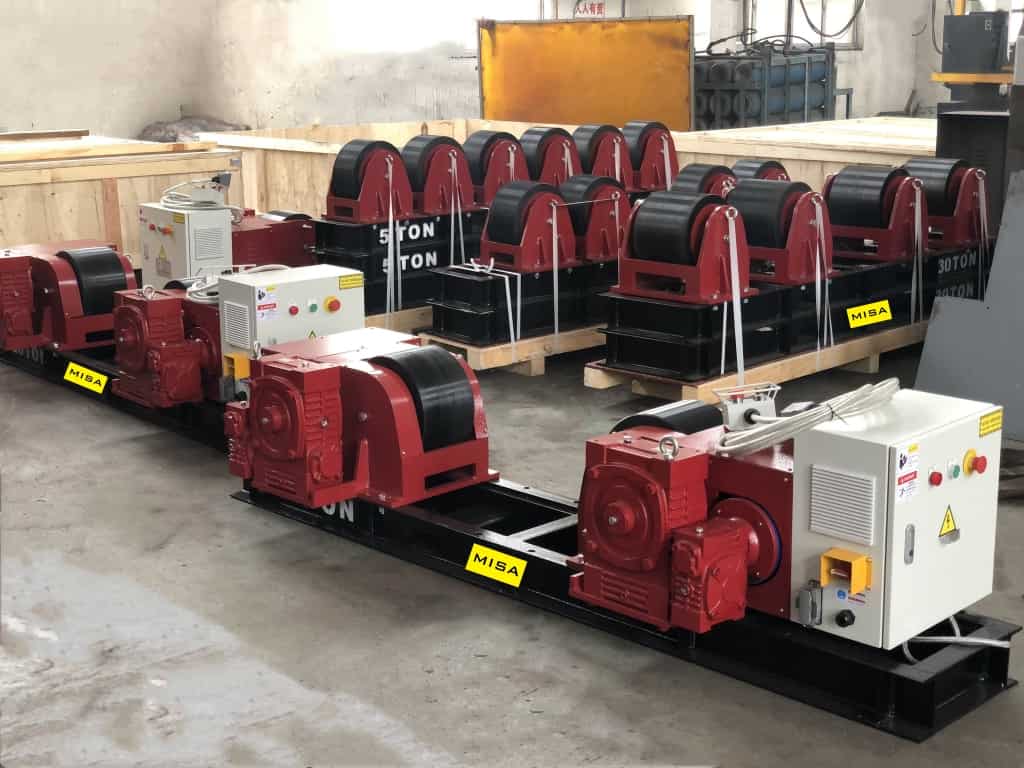
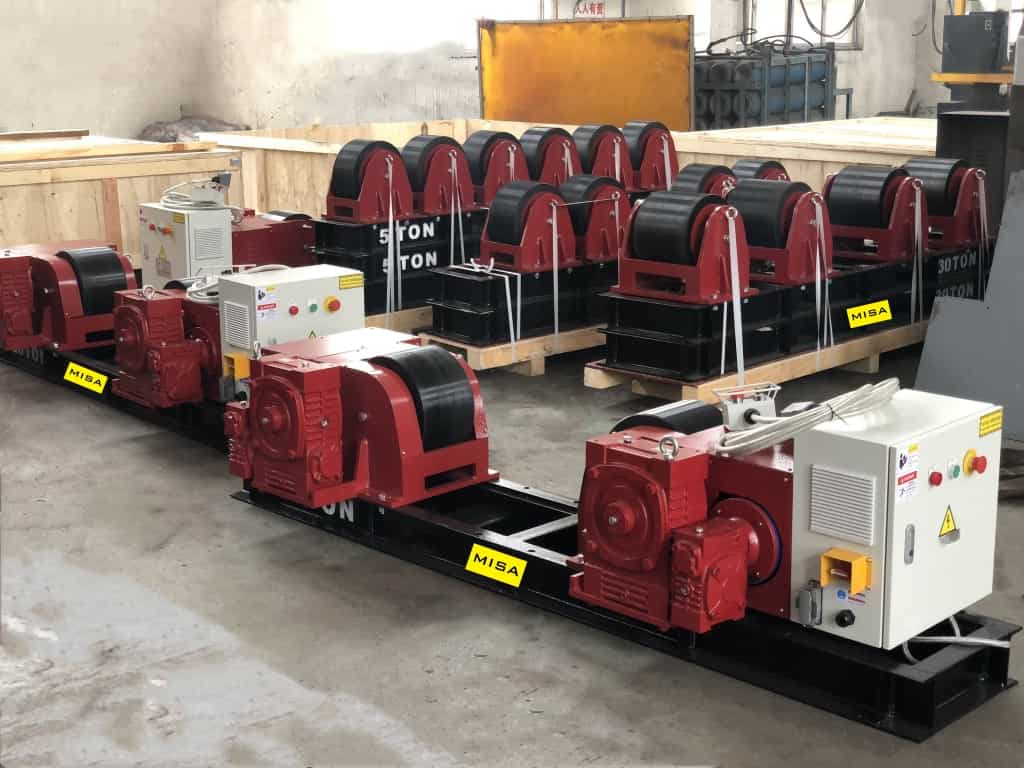
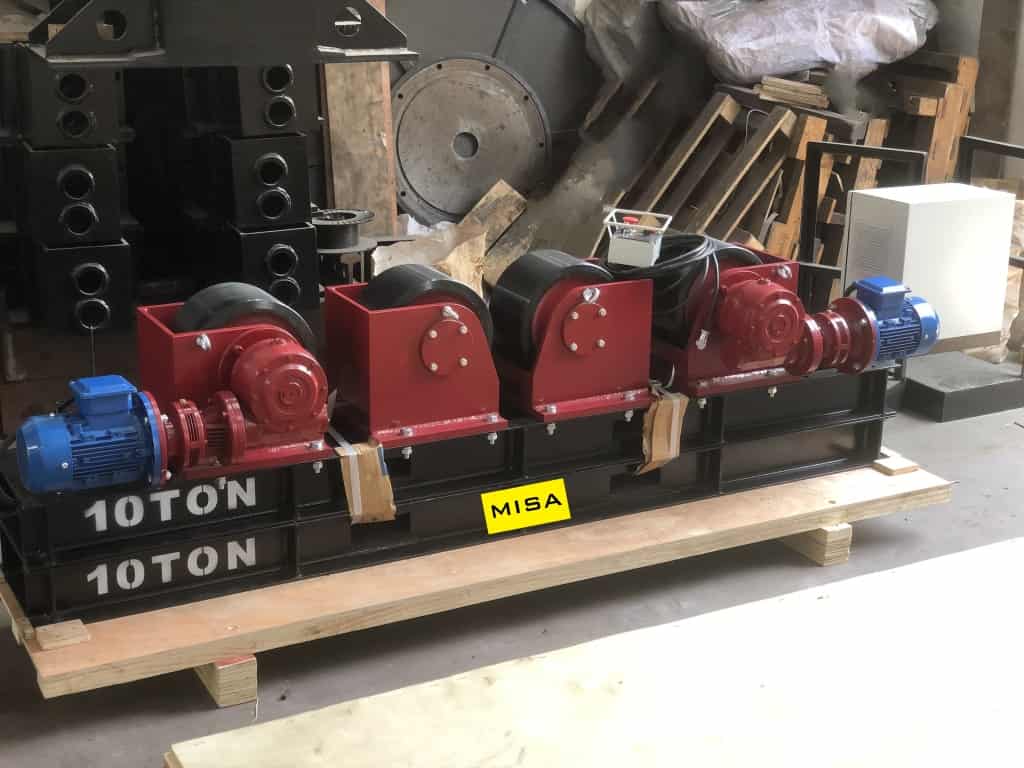
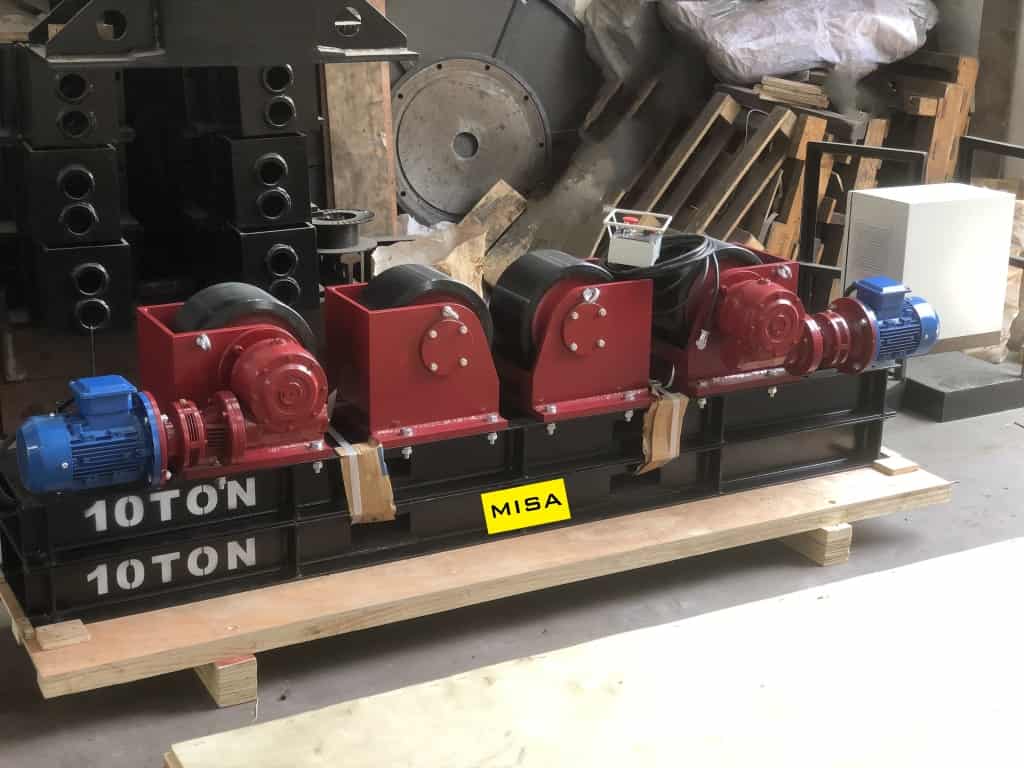
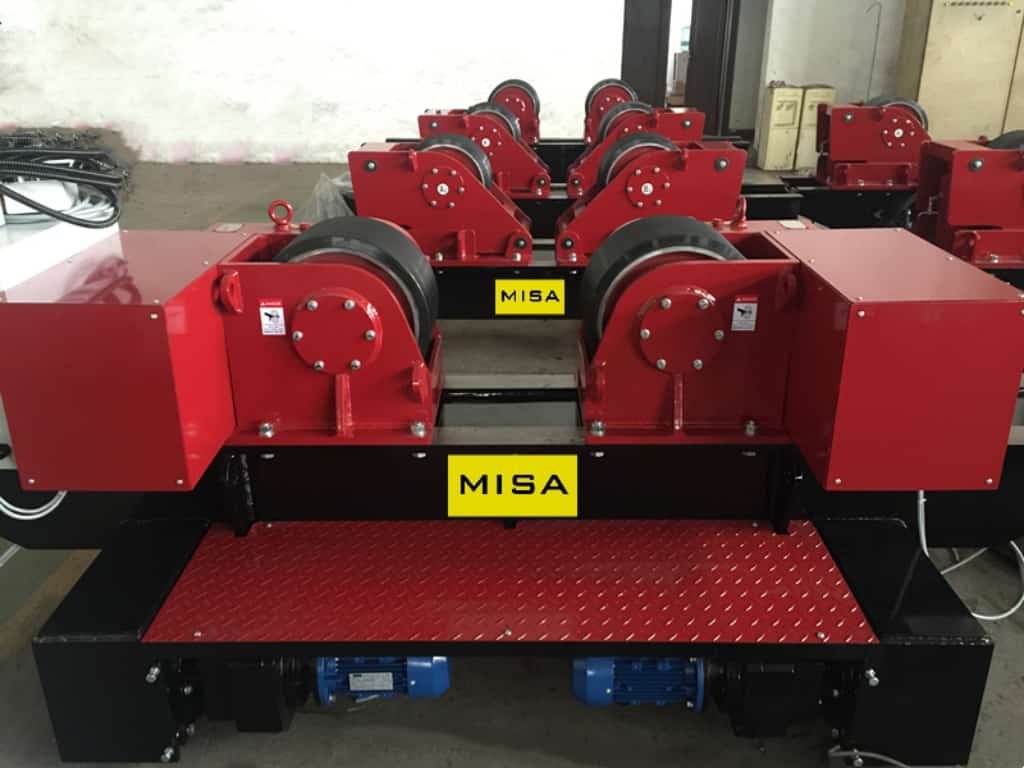
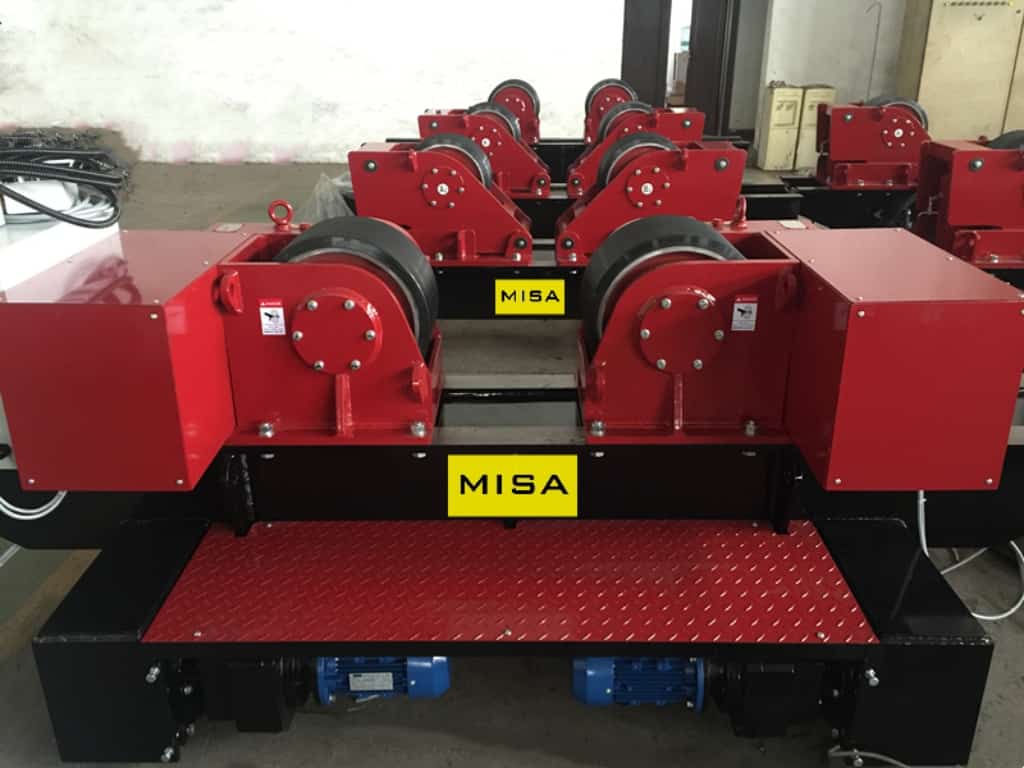
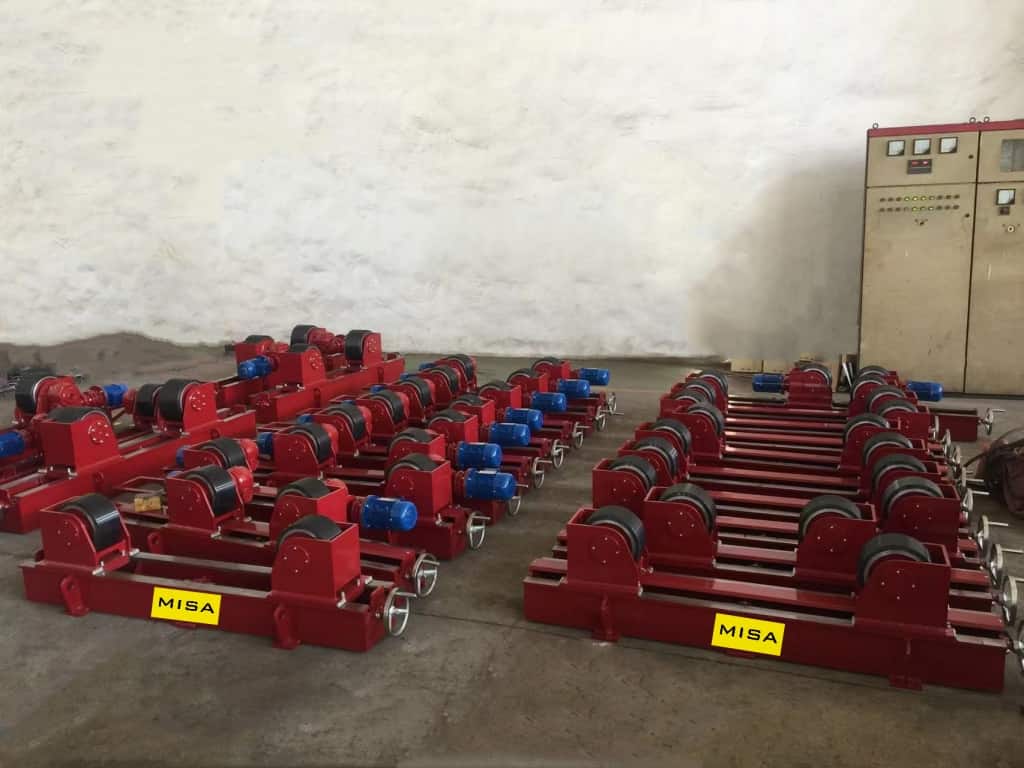
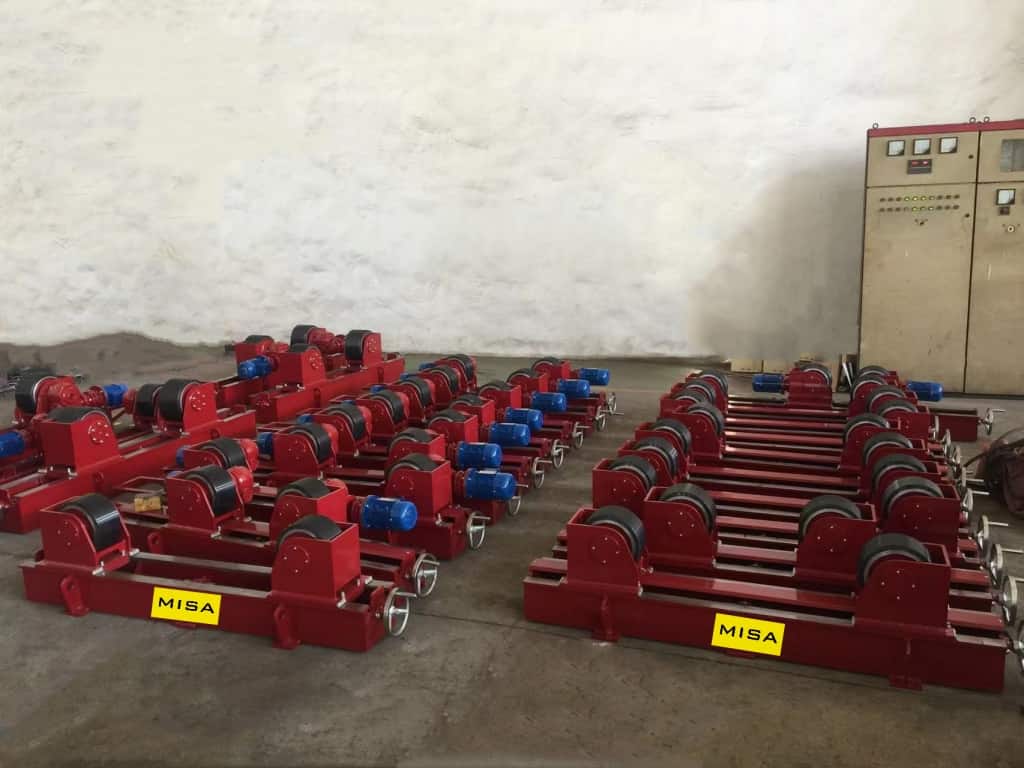
Conventional Rotator
Misa Welding is an expert in manufacturing conventional rotators. We produce top-of-the-line rotators for our customers that are reliable, durable, and precise. Our machines hold up to the highest standards of quality control, ensuring that all of her products meet or exceed the necessary specifications. Misa’s commitment to excellence makes us a sought-after provider of precision tools and provides added value to any manufacturer that works with us.
Welding Rotator Video
Why Choose Misa
- Professional design team provides customized services
- Production line with strict control process
- Fine processing technology
- Can meet the electrical standards of different countries
- Arrange on-site installation, commissioning, training, maintenance and other services within 7 days
- Trial operation will be carried out before delivery to ensure that the goods can be operated normally when they arrive at the customer
- Remote video guidance service available
Customer Site

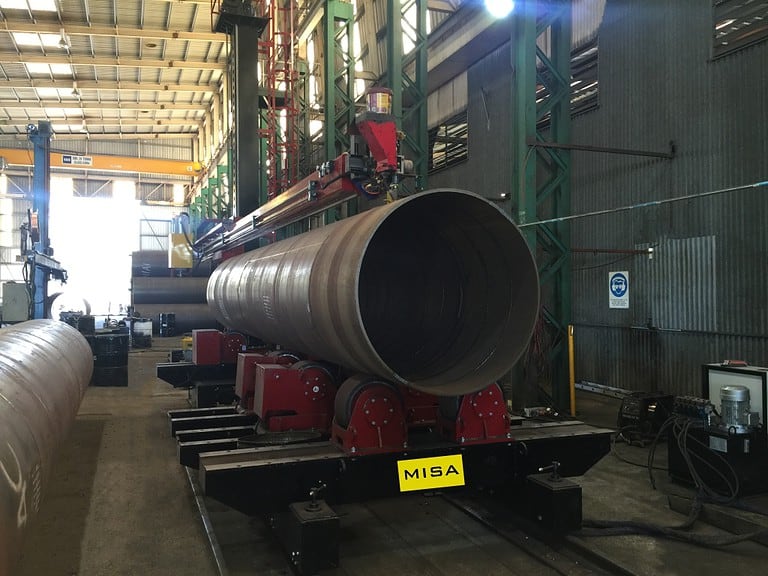
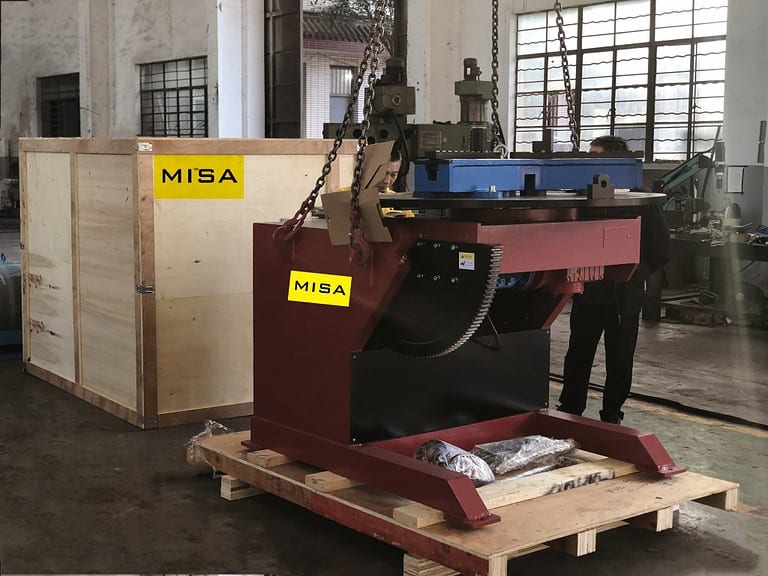
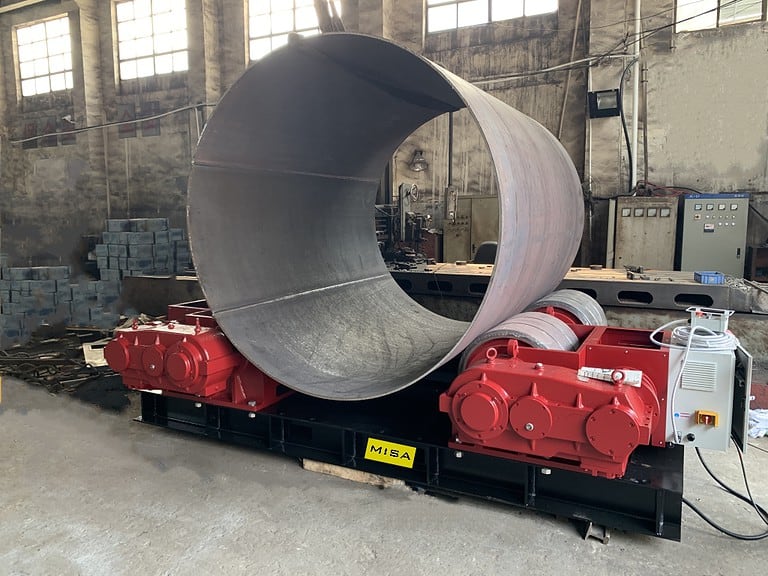
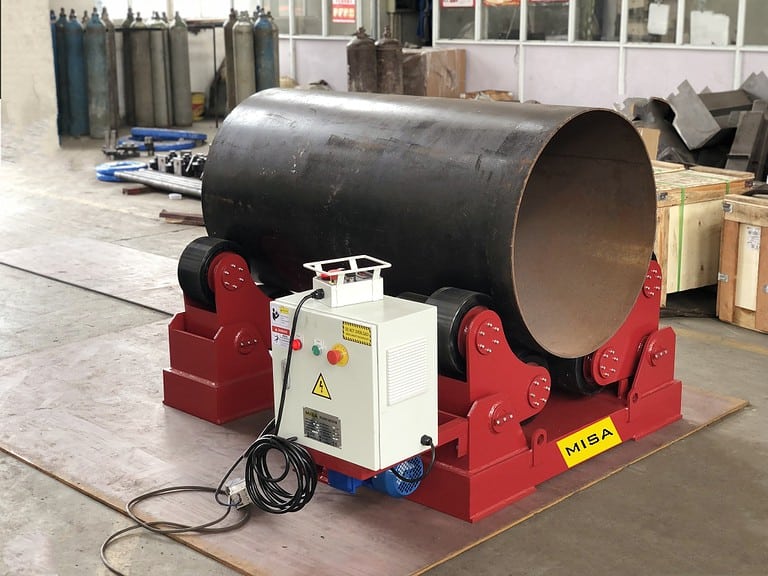
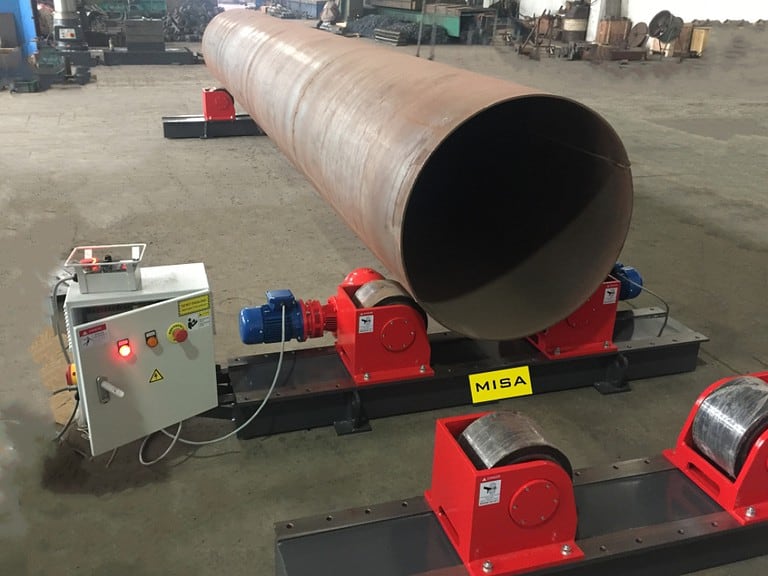


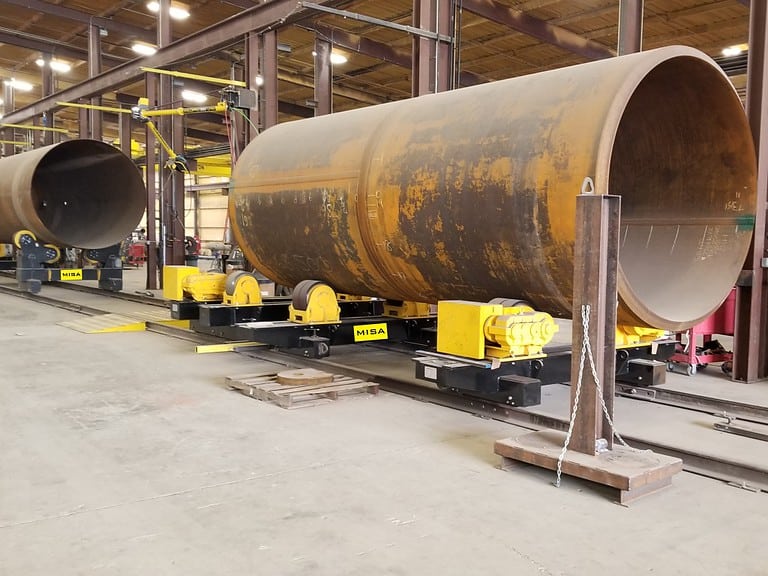
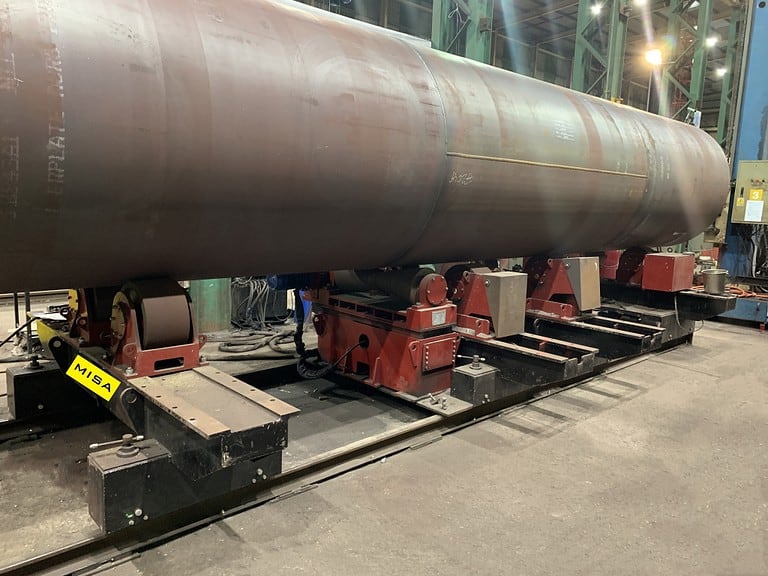
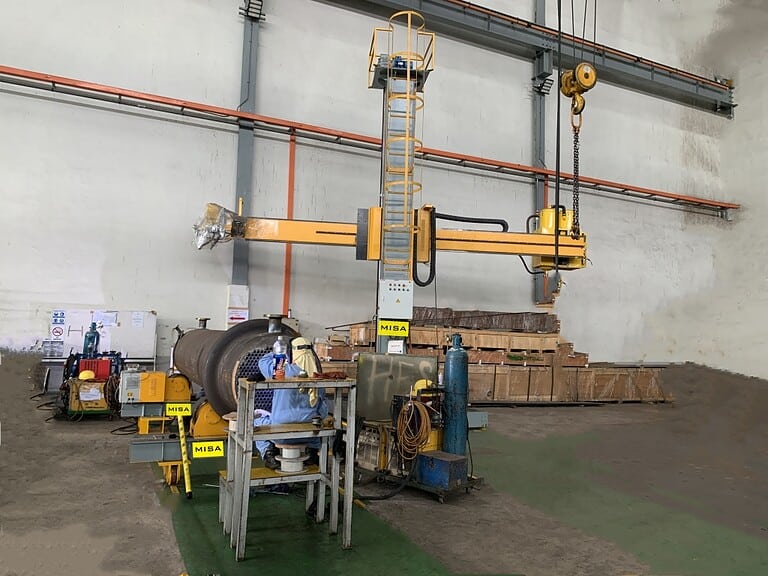
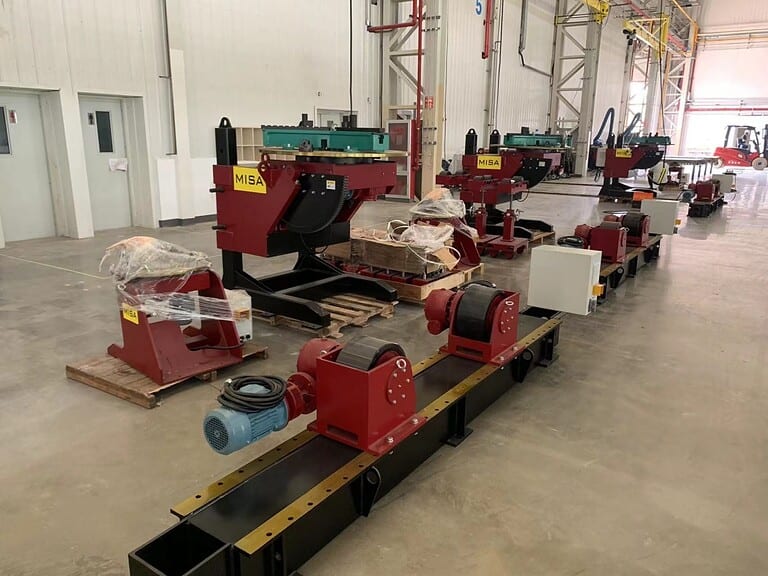
Machine Delivery

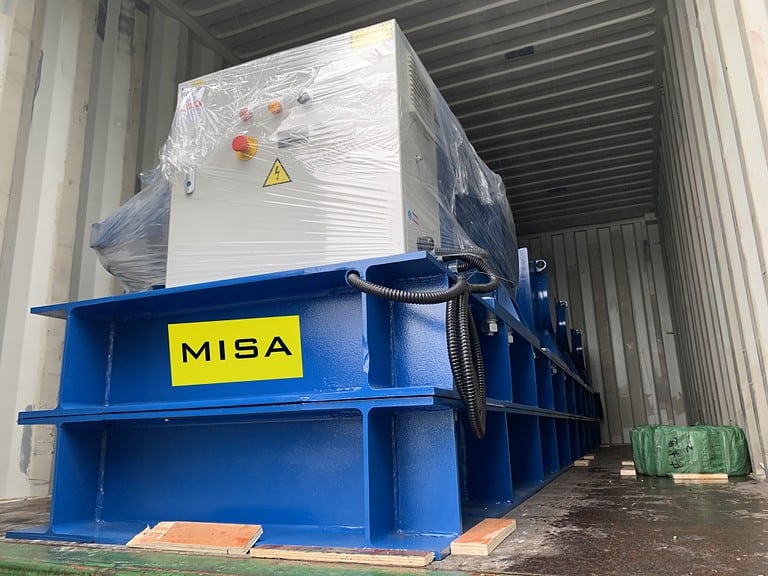
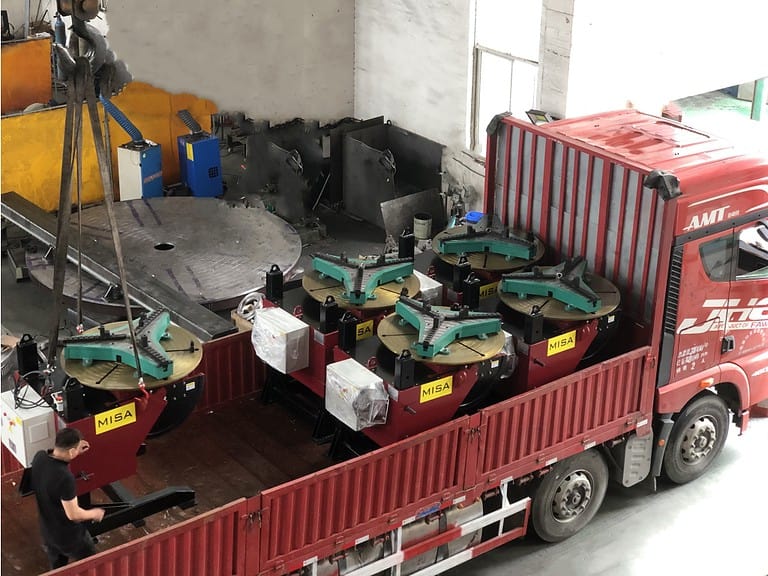
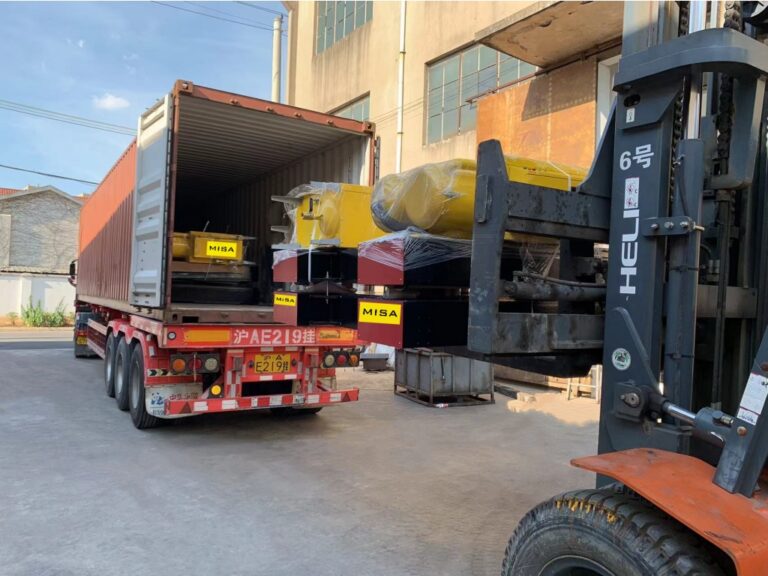
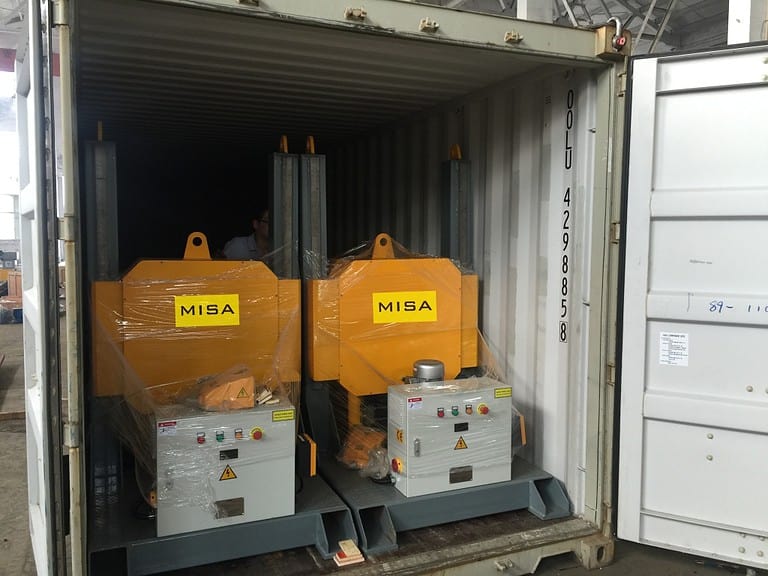
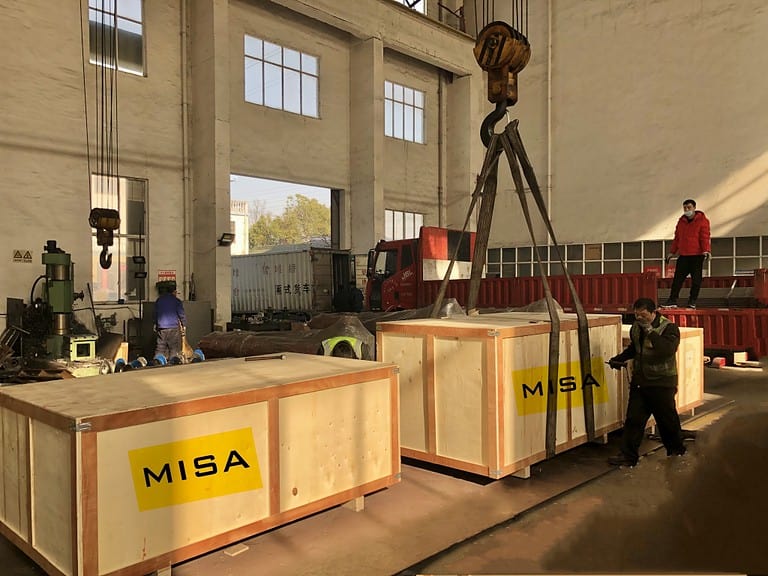

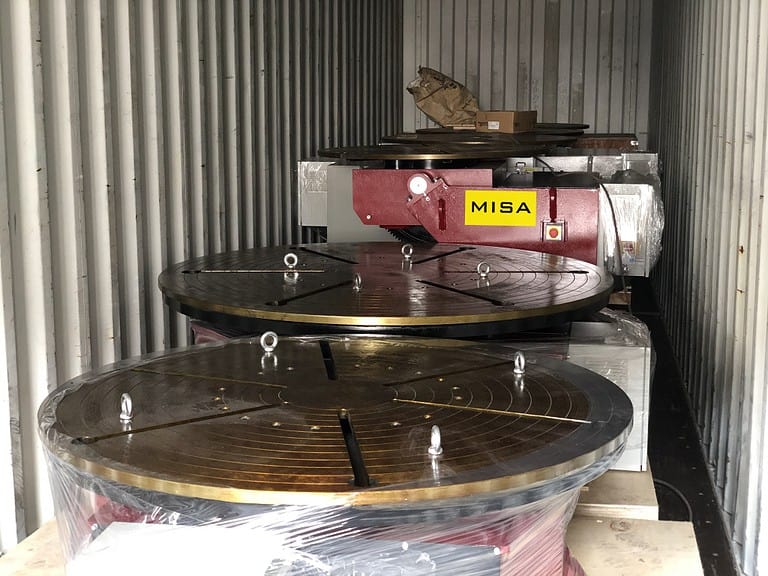
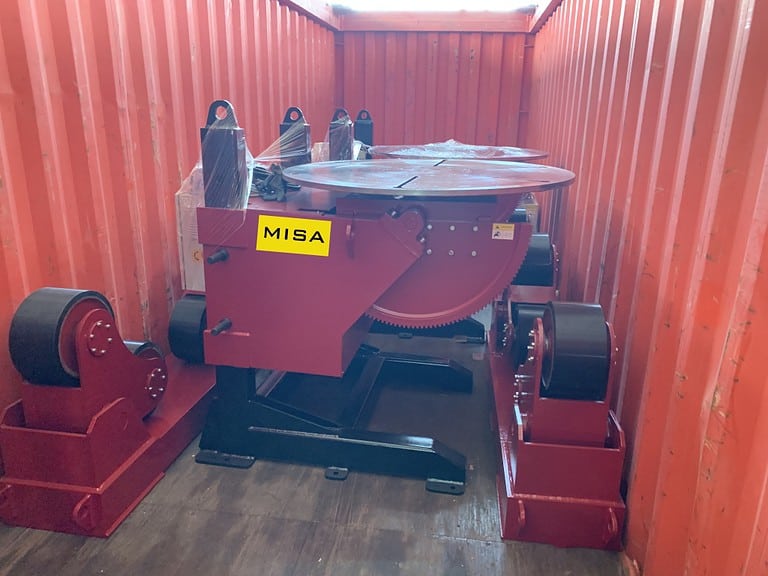
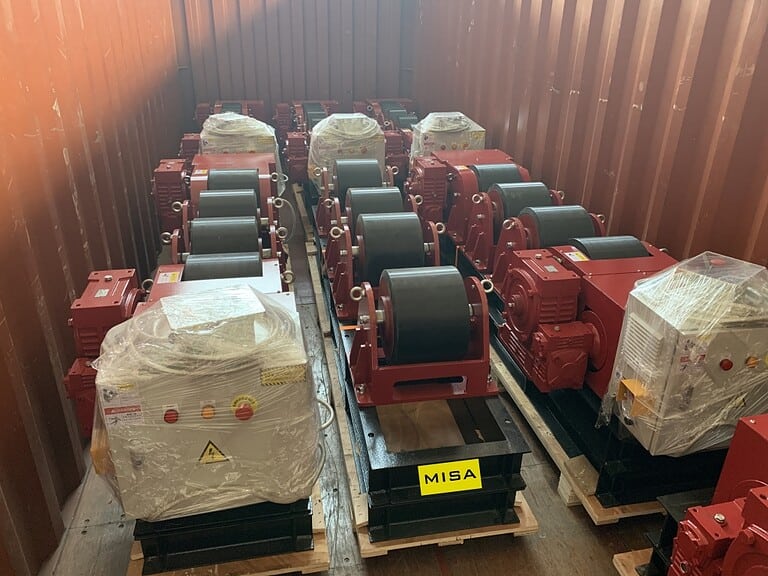
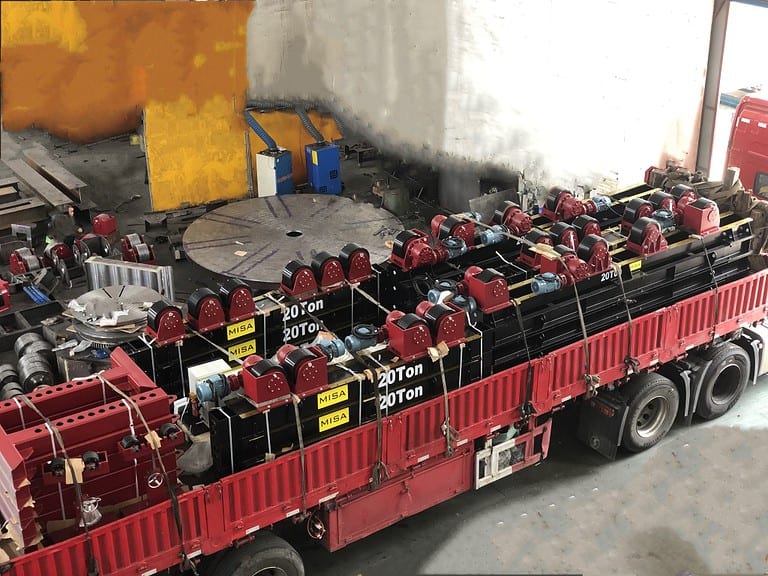
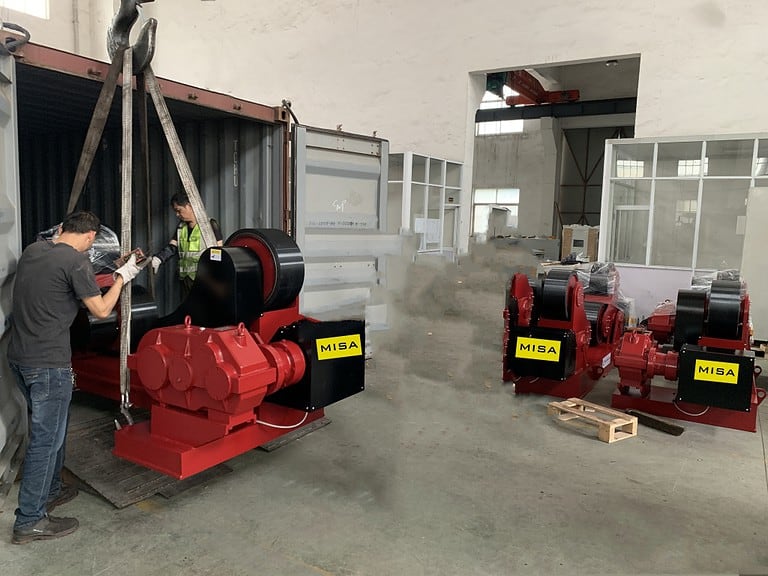
Welding Rotator – The Ultimate FAQ Guide
In case you’re eager to know what a welding rotator is and you can’t get a straight answer, we’re here to help you gain a bit more understanding of that. Unlike other guides, this won’t be the generic guide that will give you a thing or two (2) about welding rotators. Instead, this will be a complete and comprehensive guide in assisting you grasp a better idea of what it is, how it can help you, what benefits it has, and many more!
We will be outlining everything from start to finish – you won’t finish this guide without knowing everything you have to know about welding rotators!
What is a Welding Rotator?
Welding rotators, just like what welding positioners are, are welding supplementary machines that are used to improve, develop, and ease the overall experience of welders.
A lot of people think that welding rotators are similar to welding positioners, but no – they’re not! Yes, both of them have this sense of betterment to the welding process, but they have distinctive differences between them – we’ll discuss that later!
How Does a Weld Rotator Work?
Before we get to fully understand what a welding rotator or a weld rotator is useful for, let us first try to grasp the idea behind how it works.
The working principle of a welding rotator is simple – it’s designed to help welders by holding and rotating cylindrical weldments and workpieces and it works by:
- Start by placing the weldment or the workpiece on the welding rotator.
- Then, be sure to double-check if it’s fitted and mounted correctly to avoid it tipping over or falling.
- When that’s done, the welding rotator will then need to be plugged in and powered up.
- Depending on the operational function of the welding rotator, the entire workpiece or weldment will be rotated, eliminating the need of the welder to rotate and go around the workpiece.
- If it needs repositioning, you just need to reposition the workpiece on how it’s placed on top of the rotator.
That’s how simple and easy it is to use a welding rotator. No matter how new you are when it comes to operating welding machines, you will be able to adapt to it swiftly and easily.
Parts of a Welding Rotator
Today, there have been many different versions of welding rotators that you could choose from in the market. However, traditional and classic rotators are typically comprised of the following:
Foot Pedal
The foot pedal is the primary mechanism of a welding rotator. It’s like the button that’s triggered in order for the welding rotator to do its job and rotate the pipes and tubes that you mount onto it. Some rotators are automatic wherein it needs to be programmed in order for it to work.
Idler
Next up is the idler. It is the foundation or the base where the turning rolls are placed and mounted. In other words, it is the one responsible for the welding rotator to have a height that’s just right for people to use.
Controller
The controller is the component that is like the remote control of the rotator. It’s where you can set the speed, movement, and overall functionality of your welding rotator.
Turning Roll
The turning roll is the biggest part or component of a welding rotator. It is the component that’s responsible for making the weldment or workpiece roll. It’s often coated in order for friction not to break the exterior of the workpiece – and from there, we go to…
Roller Coating
The coating is any type of material that smoothens the exterior of the turning rolls out. Usually, it’s covered with polyurethane so that it just slips perfectly without causing any type of scratch or abrasion to the workpiece’s surface.
Motor
Lastly, the motor. The motor is the one that makes a welding rotator possible. When you step on the pedal, the motor works to make the turning rolls spin. Furthermore, when you change up the settings of your rotator, it is the motor that tunes it into the specific setting you want.
These are the primary components and parts of a conventional welding rotator. Remember, some manufacturers add certain features and components there that make the lives of welders easier. Nevertheless, these are the technical parts of weld rotators that removing just one (1) of these would cause the machine not to work.
Welding Rotator vs. Welding Positioner: Are They the Same?
No, they are not. A lot of people actually think that welding positioners and welding rotators are the same but they are not. In fact, they’re far from being the same! Although both of them are excellent complementary machines and equipment that can help any welding process, it’s not right to tag and label them as the same machine.
To start off, let’s discuss both of them individually so you get a better, clearer, and bigger picture of how they are different.
Welding positioners are devices and machineries that hold, tilt, rotate, and revolve a weldment or workpiece. It changes up the angles of the workpiece so that the welder doesn’t have to put in too much effort in welding.
Welding rotators, although they also hold and rotate the workpiece, doesn’t actually tilt or maneuver it in such a way for the welder to not have any movement restrictions. Instead, when the workpiece or the material is mounted or loaded, it consistently and continuously rolls it.
Another difference these two (2) have is the fact that welding positioners can handle almost any type of weldment or workpiece, whereas welding rotators are typically only used for tanks, pipes, tubes, and vessels.
That’s how welding positioners and welding rotators are different from one another.
Pros of Using Welding Rotators
Just like its brother and sister machines in the welding industry, welding rotators pretty much offer an insane amount of benefits and advantages. These pros or benefits are:
- Less need for handling of material from the welders and workers
- The safety and security of both the workpiece and the welders are prioritized
- Productivity is very much increased
- The work will be done faster, more efficiently, and with more accuracy
- Consistency on the welds is guaranteed
- The need to hire more people for handling is eliminated – plus operator fatigue is greatly reduced
As you go on, you will find many other advantages and benefits of welding rotators. You will definitely have more room to work on other projects, as well as finish other projects sooner.
Cons of Using Welding Rotators
And if you thought that these welding rotators are all butterflies and fantasies, think again! As far as benefits and advantages are concerned, you will also encounter several cons and drawbacks from using them – and these are:
- Without welding rotators, it would be difficult to handle big and complex welds
- Depending on the size of your welding rotators would take up floor space, so you need to consider where you will perform operations
- The initial cost is high – you can choose the option to rent, but renting would not give you the command of time
As you may have noticed, the cons of these welding rotators don’t outweigh the pros or benefits. In fact, they’re given scenarios in which companies and businesses can ponder upon and just figure out how they can use these rotators to their advantage.
How Much Do Welding Rotators Usually Cost?
The prices of welding rotators vary on many factors like the manufacturer that made it, the features they have, the materials that were used to putting it up, the size and load capacity, and so on. If you were to ask the average price of weld rotators, though, it ranges between $2,000 and $35,000.
You will also find welding rotators that cost up to $50,000 – these would be the big and highly-advanced rotators that are used in certain projects and environments (e.g., oil and coal mining sectors, shipyard and shipbuilding, etc.)
What Are Pipe Rotators?
Pipe rotators are welding rotators – just a different term.
By definition, pipe rotators are welding equipment that supplement the welding procedure and methodology of workpieces and weldments that manual welding processes would find difficult or too tedious.
So, don’t be confused when you hear the term pipe rotators because it’s just welding rotators, too.
Types of Turning Roll Wheels
Knowing the different types and kinds of turning roll wheels or turn rollers is important because choosing the correct one can mitigate risks and eliminate negative factors during the welding process. So, the different types and kinds of turning rollers are:
Rubber Wheels
Considered the most common type of turning rollers, rubber wheels are most-chosen and sought-after because of how well they handle friction, abrasion, and how smooth they can perform the rolling in almost any material you mount on it.
Steel Wheels
Steel wheels are used for ragged, heavy welding work. They’re selected because of how durable they are as well as how high their load capacities are.
Phenolic Wheels
Last but most definitely not least are phenolic wheels. They’re closer to resin than any other material and are used for their high-temperature consistencies and resistances. Phenolics are the materials used in environments where steel and rubber could have a negative turn.
Applications of Welding Rotators
Welding rotators are flexible machines that are used by a huge selection of businesses and companies in many different sectors and industries. However, the most common application fields of welding rotators would be in:
- Car and Automotive Tanks and Vehicles
- Pressure Tanks and Vessels
- Ships and Shipyards
- Pipe and Tube Spooling
- Heat Exchange Units
- Oil and Energy Parts and Components
- And Many More!
NOTE: Welding rotators are used in several industries other than these because they’re not just used for welding, leading up to the next question, which is…
What Other Uses Can Welding Rotators Have?
Apart from using it to ease the welding process, welding rotators can also be used for smoothing, fabricating, cutting, slicing, and even polishing of certain workpieces. As the material or the workpiece rotates and revolves, the worker can simply stay in a single position for equal balance.
Some even use it for coloring and for wrapping workpieces to achieve a straight and consistent color!
What Are Tank Fit-Up Rolls?
Tank fit-up rolls are heavy machinery that are similar to welding rotators but are different in terms of functionality.
These machines are like rotators but instead of having two (2) to four (4) pieces of rollers to hold and handle the workpiece, it has rails in order for the workpiece to “fit up” and be sized properly onto the equipment.
They are perfect for applications where there would be different sizes of pipes and tubes used.
Considerations in Choosing Welding Rotators
Before you go and decide on which welding rotators you will go for, you need to ensure that you are getting not just the best, but also the exact rotators that will supplement your project.
Here are a few considerations to look out for before you purchase welding rotators:
Load Capacity
The load capacity is the measurement that determines the allowed weight that your welding rotator will be capable of handling. While most rotators would have a ranged figure, you want to get a weld rotator that is able to hold and carry the weight of your weldments or workpieces.
Turning Roll Material
As we mentioned above, there are a few different types and kinds of materials used for turning wheels. The one you’ll choose will be the one you will stick to for a long time, so, it’s just right to consider it as one of the deciding factors of your choosing.
NOTE: Some welding rotators have changeable or modifiable turning wheels, but, don’t be so sure! Ask your manufacturer whether theirs are so you don’t get stuck on a turning wheel that wouldn’t be able to supplement your welding process.
Power Requirements
Knowing how much power your welding rotator would yield puts you in a much better position by allotting enough energy or electricity to it. Moreover, your plant could have less or more allowed wattage and plugging it into an incorrect outlet can cause it to short, and eventually, break.
Try to find out and understand the power requirements of your welding rotator to avoid mishaps and possible problems in the near future.
Size and Measurement
Last but most definitely not least is to consider the size or measurement of the welding rotator as a whole. There are many reasons why you need to consider it, but among those would be the fact that you’ll have to fit it inside your plant.
Most businesses and companies don’t consider it and they end up placing it outside, where it’ll be another cost to set up a work area there.
These are some of the considerations you want to take note of first before you go and choose a welding rotator. They could not be of a big deal for you, but knowing them can give you an absolute advantage because of how you will work with it.
Where Can You Get High-Quality Welding Rotators?
There are a bunch of locations where you can get high-quality welding rotators. You can find them in the West, particularly in North America and Europe. The only problem with those is the price – they are usually more expensive and costlier, and might not be within your allocated budget.
If you want good-quality welding rotators that function like how they should without burning a hole in your pocket, the best bet would be in Asia – China, in particular.
There are hundreds of welding machine and equipment manufacturers in the country that are ready to give and provide the premium quality that you’re looking for.
Out of the many options you can choose from, we here at MISA Welding have been the people’s choice when it comes to welding rotators. Our expertise spans from technical and specific component-related fixes to industry-wide corrections.
We have engineers and experts who can help you with everything that you need!
Why MISA Welding is Your Best Bet For Welding Rotators
Here at MISA Welding, our hearts are where the machines are. Employed with the industry’s most prominent and most renowned engineers, we will definitely be able to give you the quality and experience you’re looking for.
Being big experts in the tech industry and veterans in the manufacturing and welding sector, we can assure you of quality at its finest! You don’t have to worry about timing and price, because we got you covered!
20+ years in the industry made us the best of what we can be, and we are more than ready to provide topnotch quality welding rotators for your business. MISA Welding’s solutions encompass the usual welding equipment like what other manufacturers have, instead, we have a holistic approach to all the types of welding equipment you might need.
What Else Do We Offer?
Besides welding rotators, we here at MISA Welding are also compelled to provide a wide array of products such as column and booms, welding positioners, welding manipulators, H-Beam lines, CNC pipe cutting machines, and many more!
Contact us via any of the channels we have available and we will send a free quotation over to you! No need to ask twice – within 24 hours, a dedicated representative will be in your inbox asking you for more specific details about what your orders are!
Reach out to us today and get a quotation tomorrow! Our team will be more than happy to provide assistance to what you need!

